Issan / 2009-2013
by Eriko Koga
The summer of 2009 was the first time I visited the mountain known as Koyasan. I was to exhibit
some photos at an art event called Happy Maker, and the two weeks I spent there struck a decisive
note in my heart and mind, eventually coming to hold a deep meaning for the photographer in me.
It was just after I had finished shooting my maiden work Asakusa Zenzai, and right at the time
when I was reaching out for my next theme. Coming down the mountain and returning to daily life
in Tokyo, I found that I just couldn’t get Koyasan out of my mind. The religious significance of the
mountain is well known throughout the world, but the Koyasan that revealed itself to me was
something other than this. There is an everyday existence on Koyasan that resides underneath its
inherited holiness, an unassuming, earthly life activity and at the same time a kind of power that is
felt, unseen. I realized I must shed my preconceived notions of Koyasan and faithfully convey in
photo these impressions, just as they appeared to me, and that it would undoubtedly be a difficult
task. I had no idea what I should shoot or how it would turn out. However I knew I had to be
faithful to this captivating feeling Koyasan bestowed upon me. And so it was decided. With my
camera, film, a change of clothes and some souvenirs crammed into my rucksack, I boarded the
night bus and set out on the first of many journeys to Koyasan. The following year I began renting
a room on the mountain and spent a week out of each month shooting there.
If I were asked why I went to such lengths just to shoot there, I suppose I would answer that if I
didn’t wholly commit then I could hardly expect the mountain to reveal itself to me. This is true
whether the subject is human, nature, or an unseen energy. I’m reminded of the six years I spent
traveling to and from the Asakusa tenement house for Asakusa Zenzai, as my attitude was the
same then. By persisting at something over time, both you and your subject will undergo changes,
and it is in the course of these changes that growth, surprise, emotion and shutter chances are
hidden. Abbreviation or curtailment will only yield that which is superficial. Face your subject in
earnest, stay faithful to yourself, keep going̶these aspects are all found in the core of the creative
process.
After three years of shooting nature as subject, I gradually became aware that I was reaching an
impasse. My photos lacked something. During this time I was able to keep going back to Koyasan
with the same initial enchantment thanks in large part to the warmth with which I was welcomed
by those who lived there. I came to realize that my preconceptions were preventing the precious
things before my eyes from reaching my photos. Once I realized this, I stopped predetermining my
subjects, and became able to photograph what I was feeling. Through the daily lives of Yoshi san
and Hana san, the elderly couple I came to know in Asakusa Zenzai, I learned what really brings
happiness to people. In a similar way Koyasan and its people taught me something so important
that I can’t yet fully grasp its worth.
In the end, people come before photos for me. My heart yearns to be genuine in my humanity.
Perhaps that heart also leads me to certain places and certain people in the hope of filling in what is
lacking inside myself. When what I truly seek is before me, I am able to engage my subject with
much more breadth and depth.
Perhaps it’s like religious belief in a way: with each episode of desperation and struggle a path
opens. In order to persist with one’s intentions, mental fortitude and the support of others are
essential. Koyasan taught me this. I was able to capture something I undeniably felt, and in the
form of a photo breathe life into that thing that cannot be expressed with words. Shooting,
developing and printing in a dark room. This repetition eventually gives life to a work.
“Thanks be to the Grand Teacher”is an oft-heard expression on Koyasan. It wasn’t until my fourth
year of traveling there that I realized these words were more than mere lip service. 2015 marked
1200 years since the monk Kuukai established Shingon Buddhism on the mountain that has taught
me so much. If I might repay all that I’ve been given, it would be by bringing to life my own Issan,
my ‘single mountain’.
Eriko Koga is a photographer based in Kyoto, Japan.
To view more of Eriko Koga's work, please visit her website.
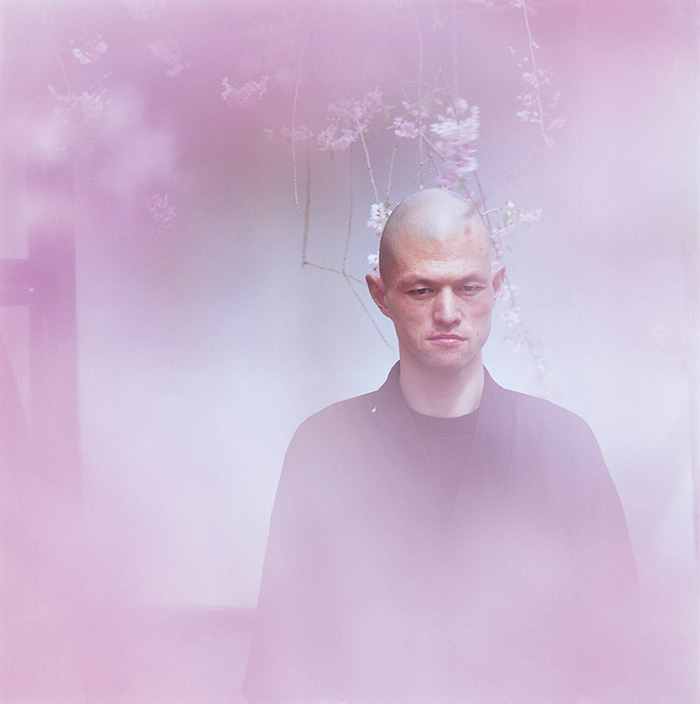
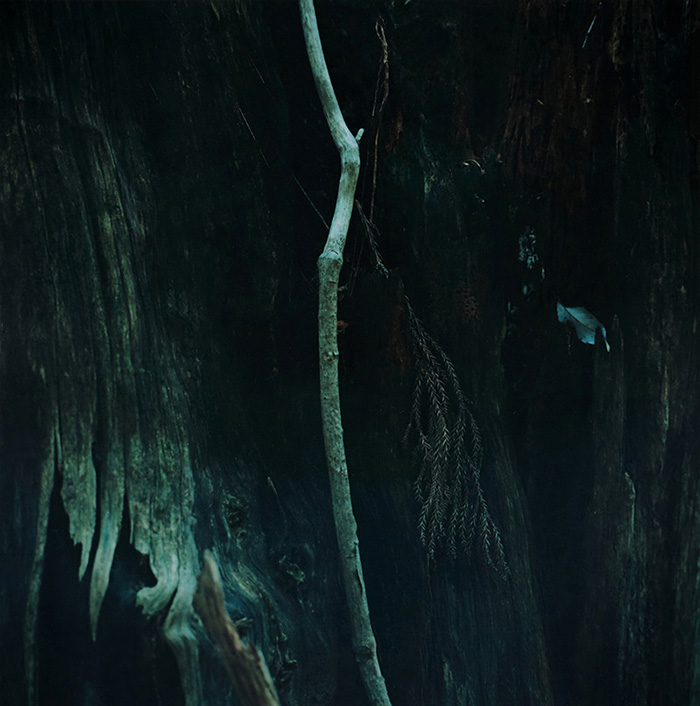
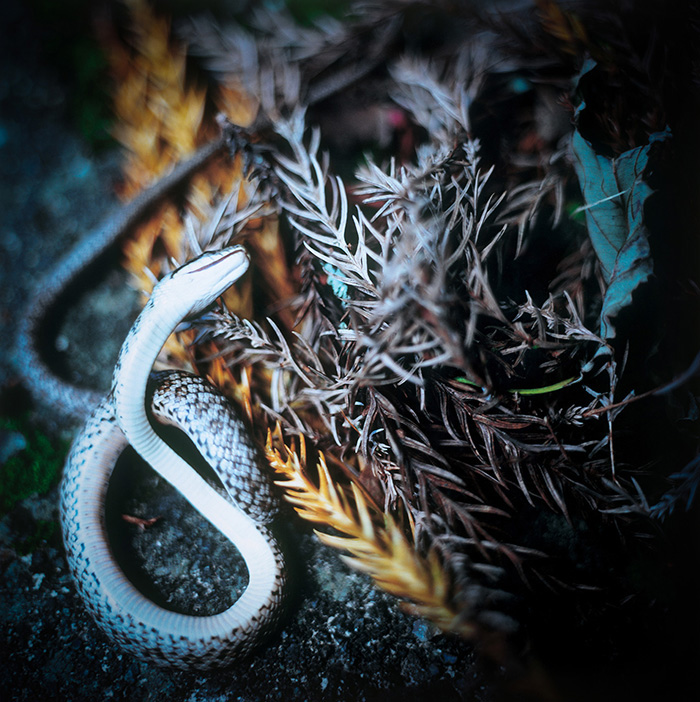
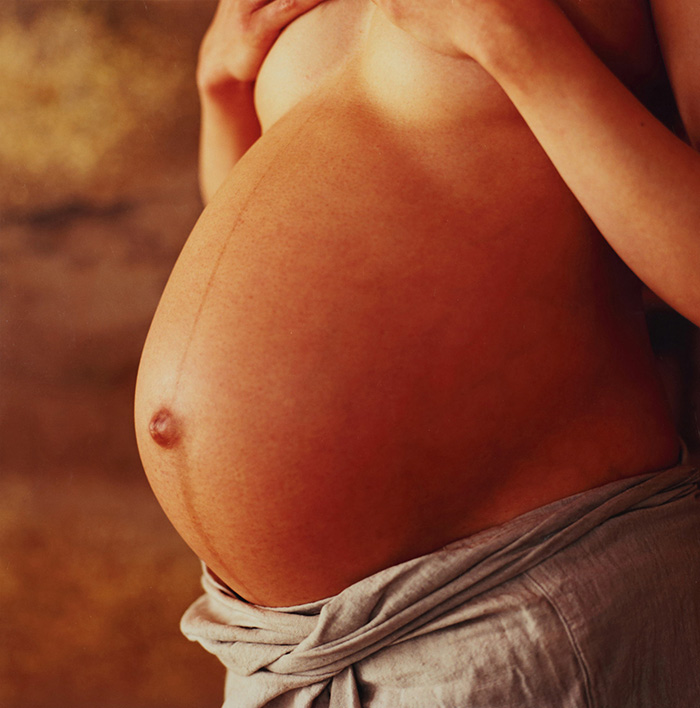
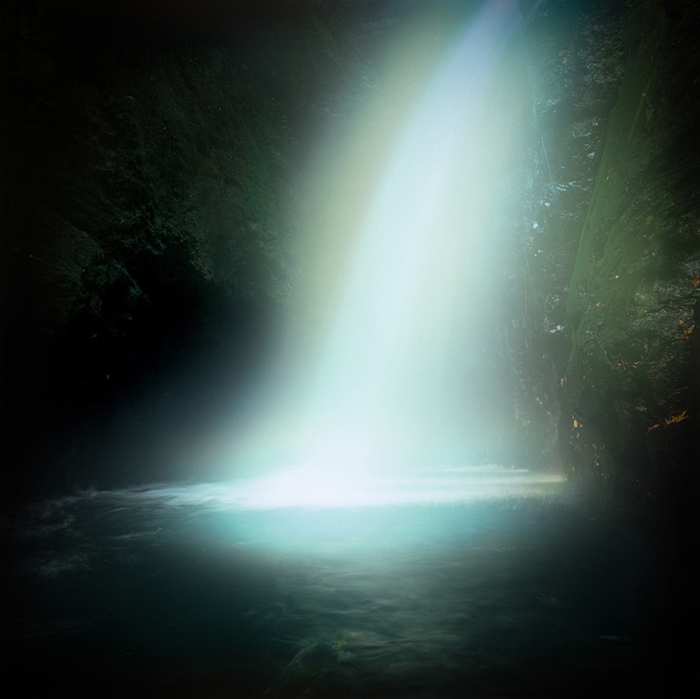
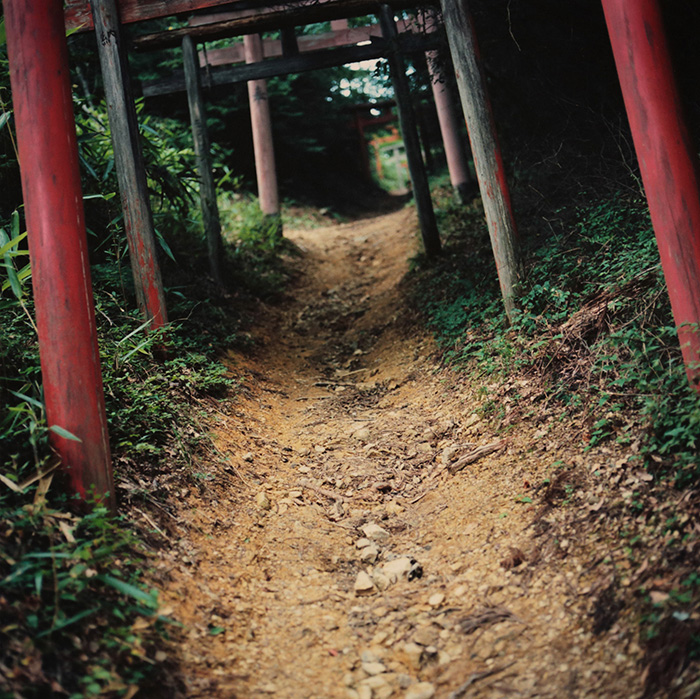
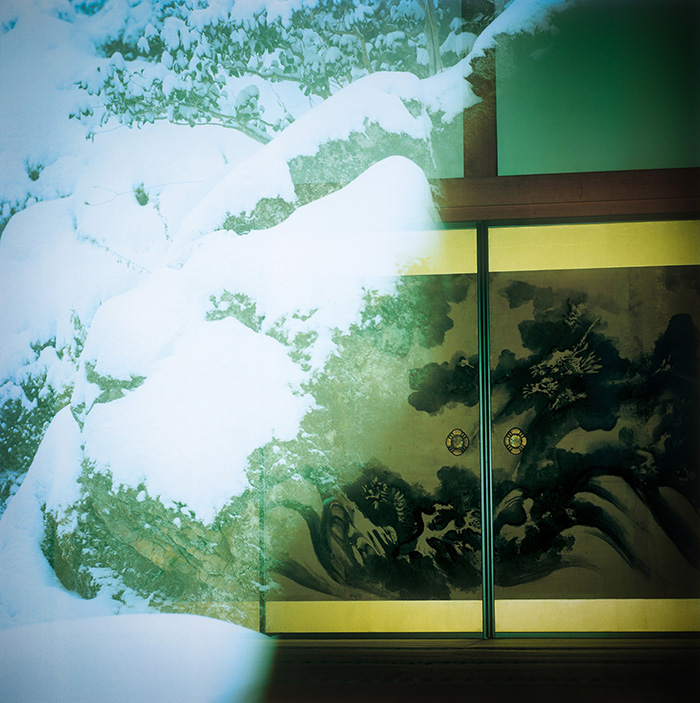
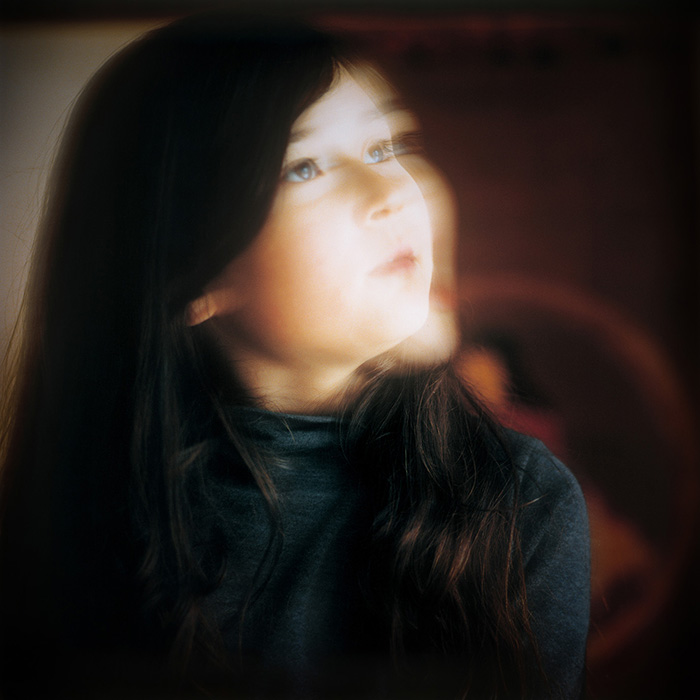
 Previous page
Previous page
